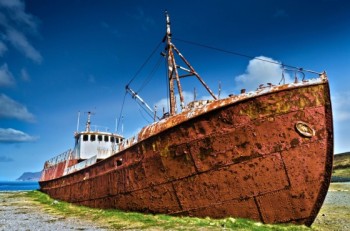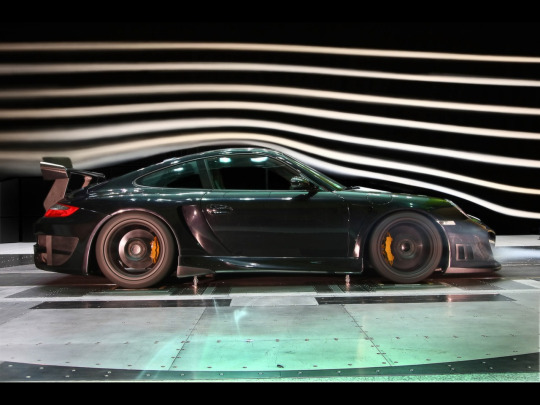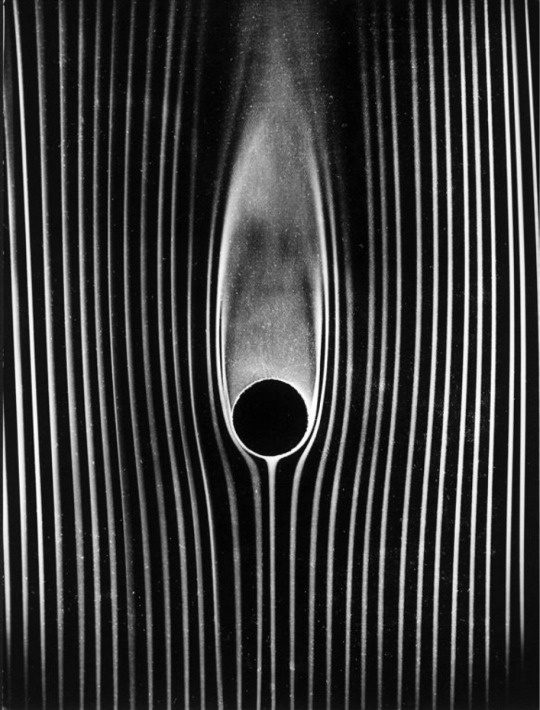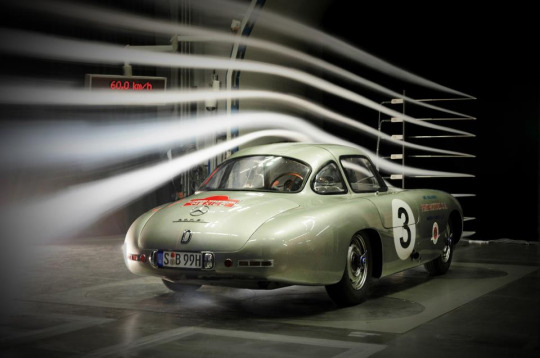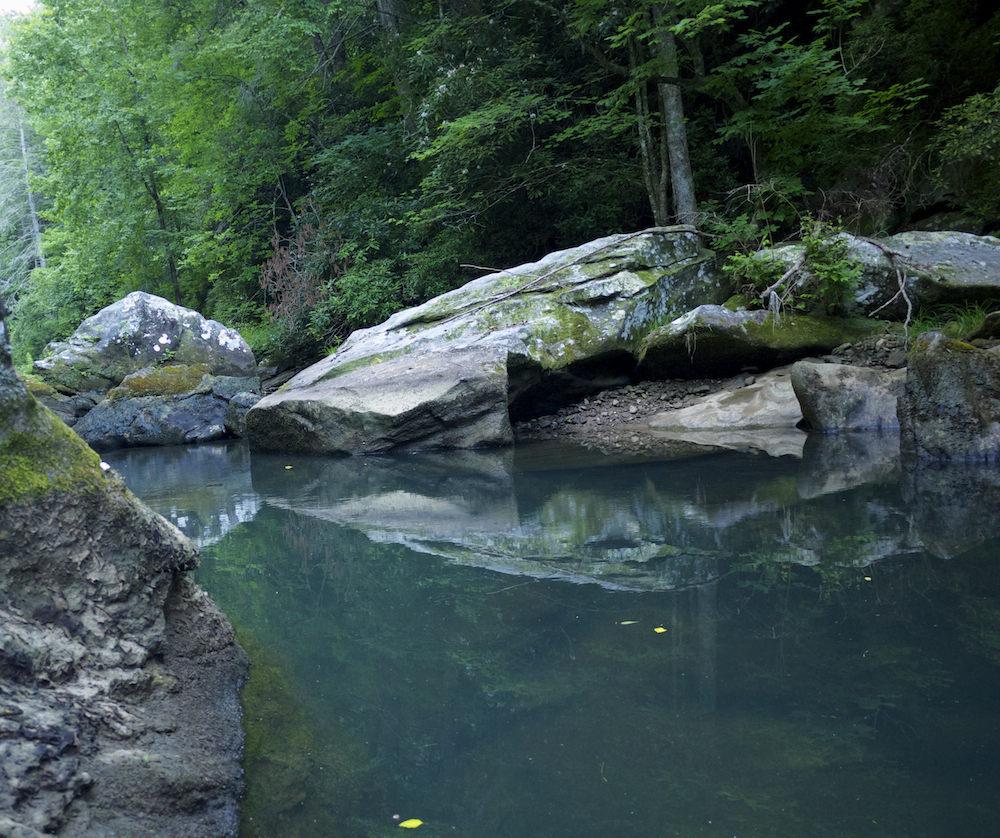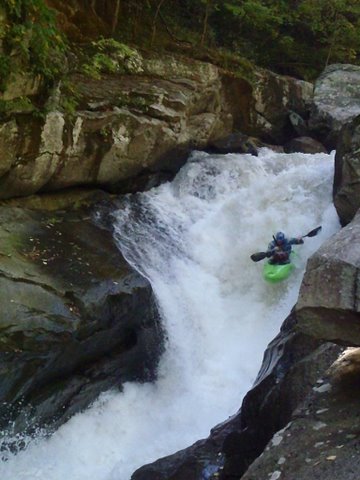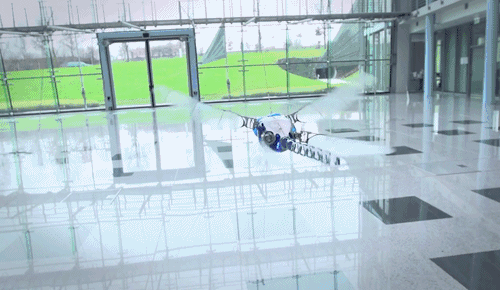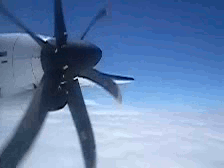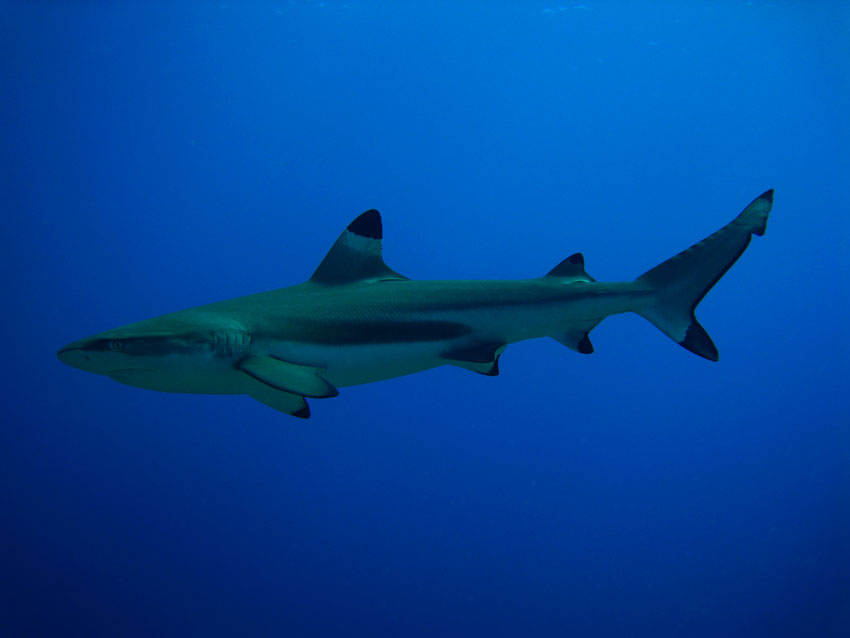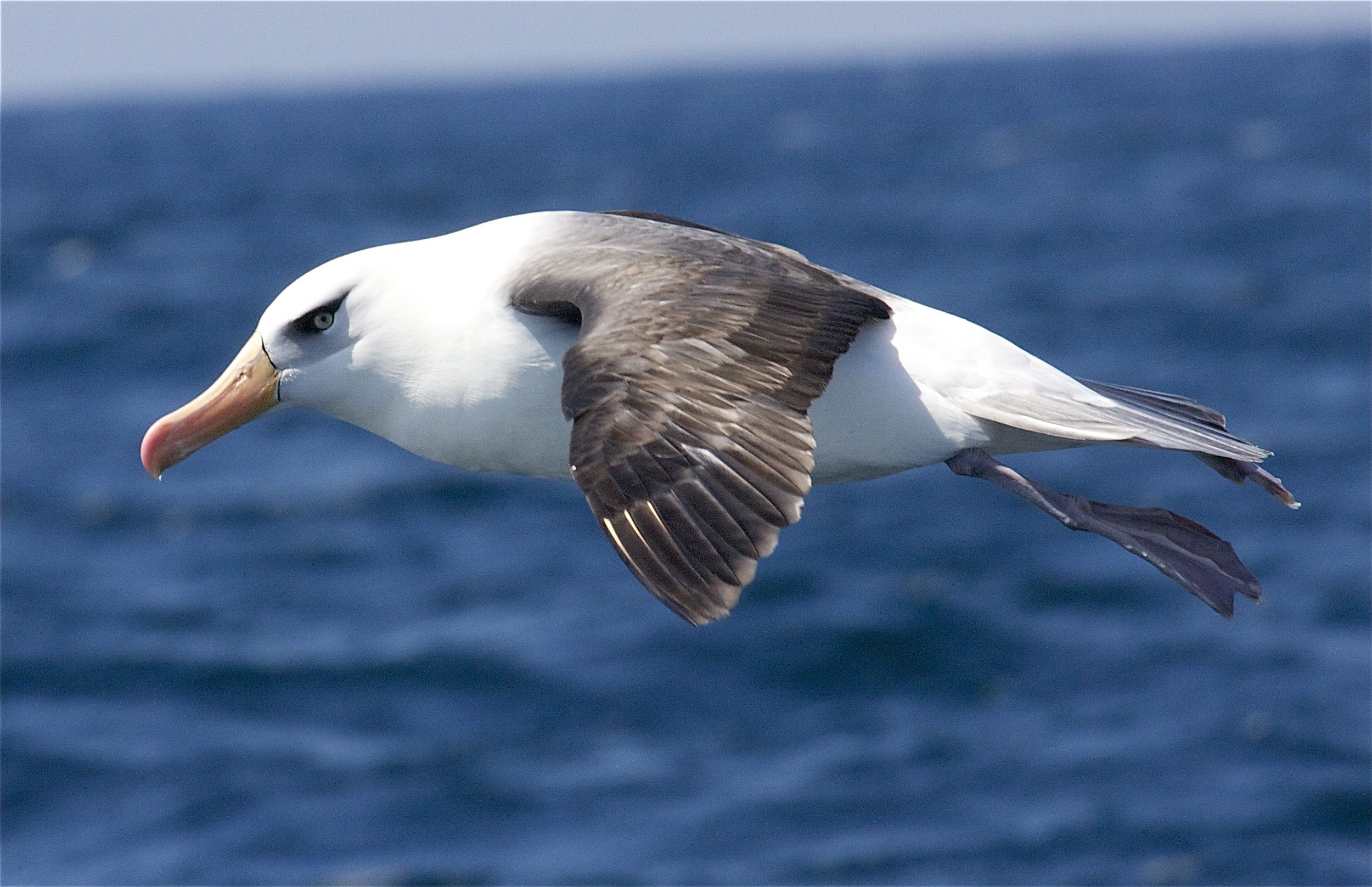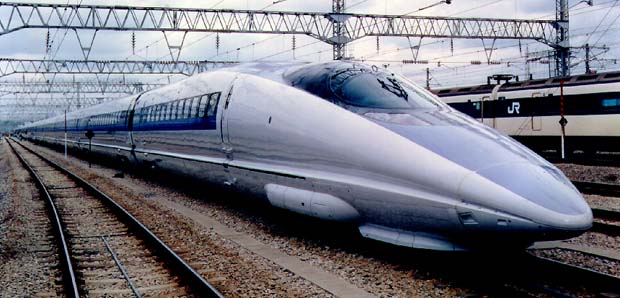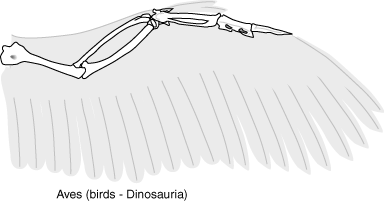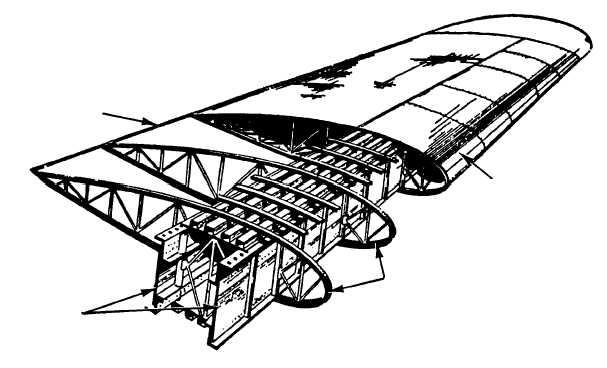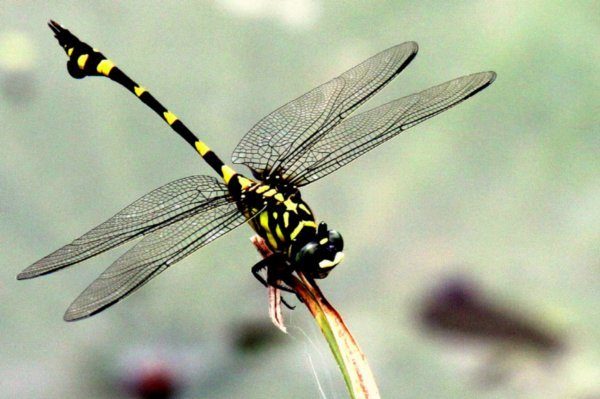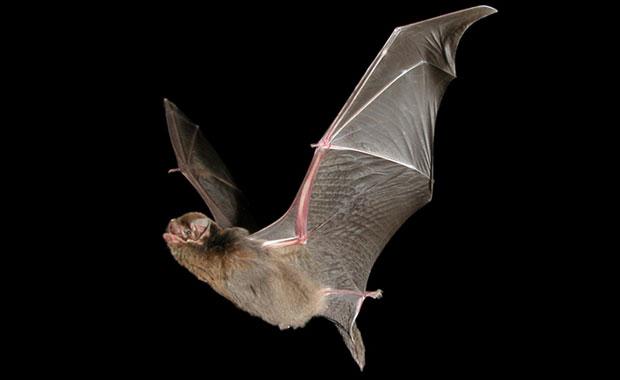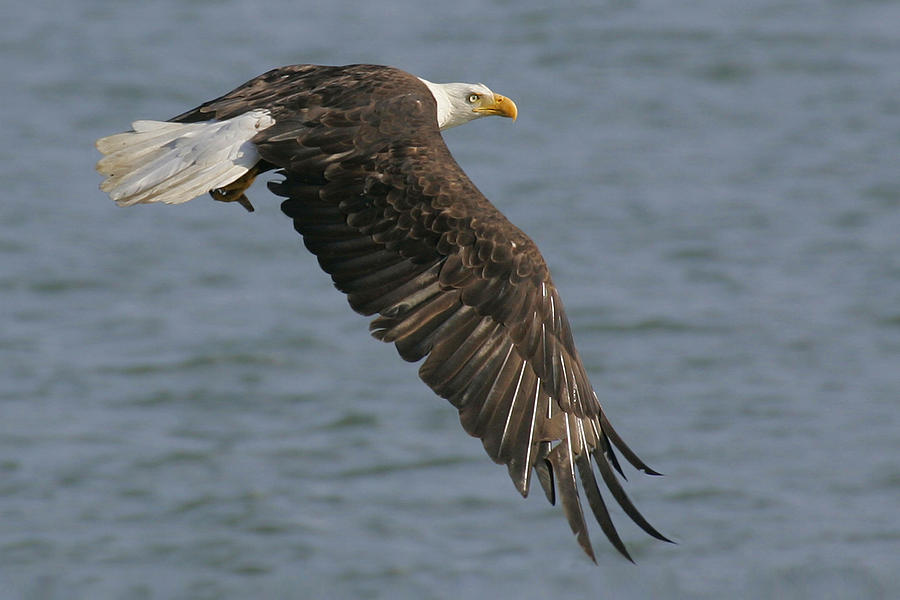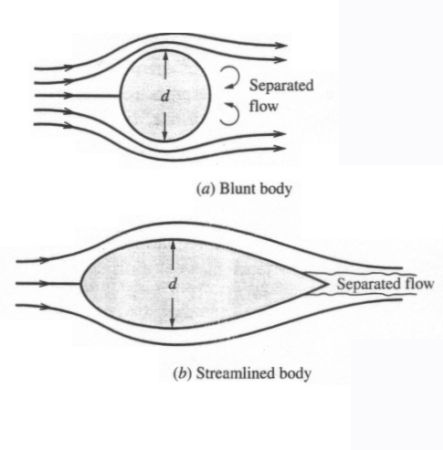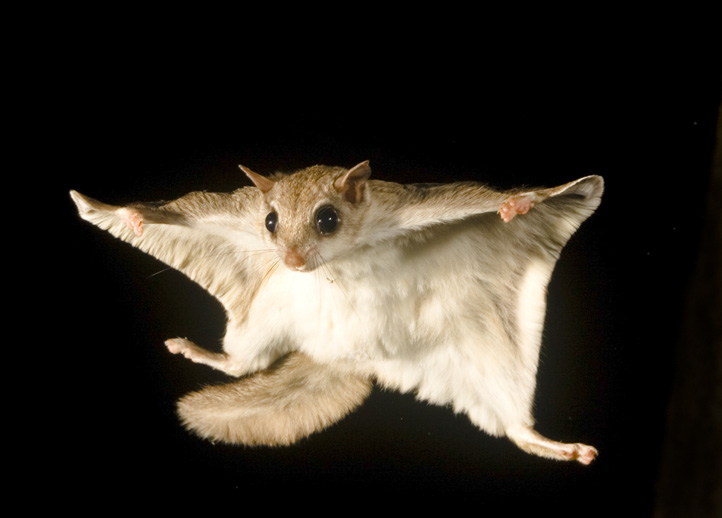Air - What is it?
Air:
Is a mixture of different chemical elements that are gases:
Nitrogen
Oxygen
Carbon Dioxide
Argon
These gases are comprised of tiny particles of matter called atoms.
Atmosphere:
The layer of air that surrounds Earth, it is about 500 km thick.
Oxygen:
Is a particular gas in the air that is used in various processes:
Oxygen is used to breathe
Oxygen is release by photosynthesizing organisms (ex. trees)
Oxygen reacts with metal to create rust
Oxygen is used up during combustion (ex. fire)
Air Takes up space
Air particles are made up of matter and take up the space that it is in, it also presses on the surfaces that it contacts. This pushing force is called pressure.
Air can be compressed! The particles move closer together and fill a smaller space.
Air Pressure:
Is the pressure exerted by air on objects
The air inside of a balloon pushes on the balloon's wall, expanding it outward, because the air pressure inside is HIGH
When you suck the air out of a plastic bottle, there is less air inside of it, therefore the air pressure is said to be LOW
Atmospheric Pressure:
Pressure caused by the weight of all the air particles in our atmosphere above us
The air in the atmosphere constantly pushes on the surfaces it surrounds, at sea level the atmosphere pushes at approximately 1 atm (atmospheric unit). Thats about 1 kg of force per square centimetre.
Atmospheric pressure on top of Everest is around : 0.25 atm
Atmospheric pressure at sea level is around: 1.00 atm
Air is technically a Gas, but it acts like a fluid!
As an airplane moves through the air, its wings cause changes in the speed and pressure of the air moving past them. These changes result in the upward force called lift. To understand lift, you first have to understand how air (a gas) behaves under certain conditions.
Air flows much like a liquid, even though it is a gas:
Air flows around a lamp post on a windy night
Air flows through a tunnel
Air follows the path of least resistance
When the path of air narrows it "squeezes" or compresses the air. So when you "squeeze" a stream of air, two things happen. The air speeds up, and as it speeds up, its pressure—the force of the air pressing against the side of the object—goes down. When the air slows back down, its pressure goes back up.
Bernoulli Principle:
An increase in the speed of a fluid causes a decrease in the pressure exerted by the fluid.
You can see the Bernoulli principle at work in rivers. The water speeds up (and the pressure goes down) where the river narrows. The water slows down (and pressure goes up) where the river widens.
Bernoulli's principle is why planes fly, it causes lift!
"Air flow,
Where's it fast?
Where's it slow?
Where's it high?
Where's it low?
If you have a girlfriend
Don't let her go
Chase her with an arrow"
- Mr.K (That's right, I wrote poetry)
Four forces that act on flying objects
Lift:
Is an aerodynamic force produced by the motion of the airplane through the air.
Weight:
Is the affect of gravity pulling on the mass of the object.
Thrust:
The acceleration of mass in one direction.
Drag:
The aerodynamic force that acts against an object moving through a fluid or gas.
Thrust and drag are opposing forces, which means they act in opposite directions.
Lift and weight are opposing forces, which means they act in opposite directions.
Overcoming Gravity is no Easy Feat!
In order for devices or living things to fly, they must have sufficient lift to overcome the downward force of gravity
Many of these early man made structures failed because they were designed improperly, most designs didn't provide enough lift.
To increase lift one should:
Increase thrust
Decrease drag
Decrease weight
Aerodynamics:
The study of air in motion and the forces that act on solid surfaces moving through the air.
Aerodynamic Adaptation:
A characteristic of a design that makes flight more efficient
Some adaptations include:
Minimize weight
Increase thrust
Reduce drag
Structures Involving Aerodynamics
Propulsion:
The action of driving or pushing forward.
Wings flapping on the downstroke
Propeller on an airplane
Jet engine on an airplane
Streamlining:
A design that presents very little resistance to a flow of air or water, increasing speed and ease of movement.
Trying to reduce drag
Stability:
Resistance to change of position
Wings are reinforced with support structures to maintain stability
Wing:
A structure that provides lift
Airfoil:
Tear drop shape of wing
Not enough wing = Not enough lift
Too much wing = Too much extra weight
Reducing Drag
How to reduce drag (Streamlining):
Decrease flat surfaces that face the air flow
Separate the air flow less
Increasing Drag
How to increase drag:
Increase flat surfaces that face the air flow
Separate the air flow more




